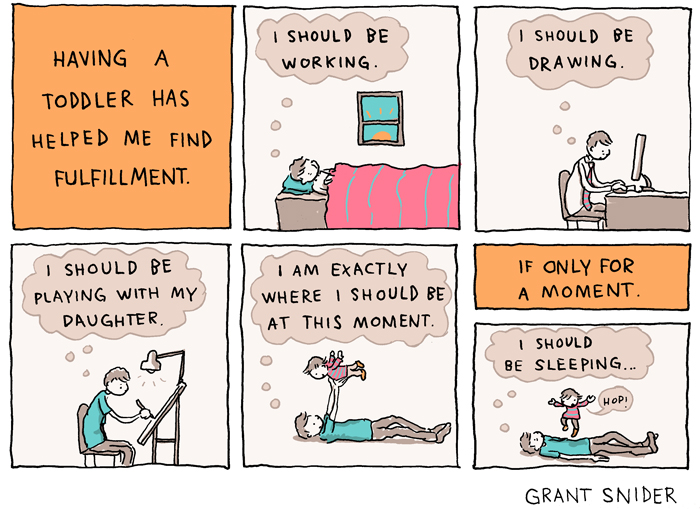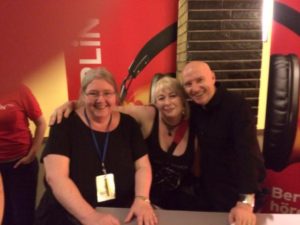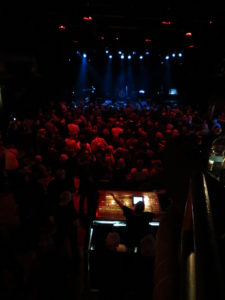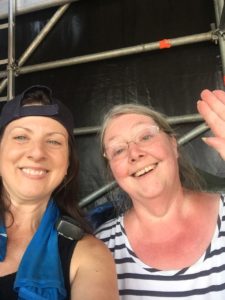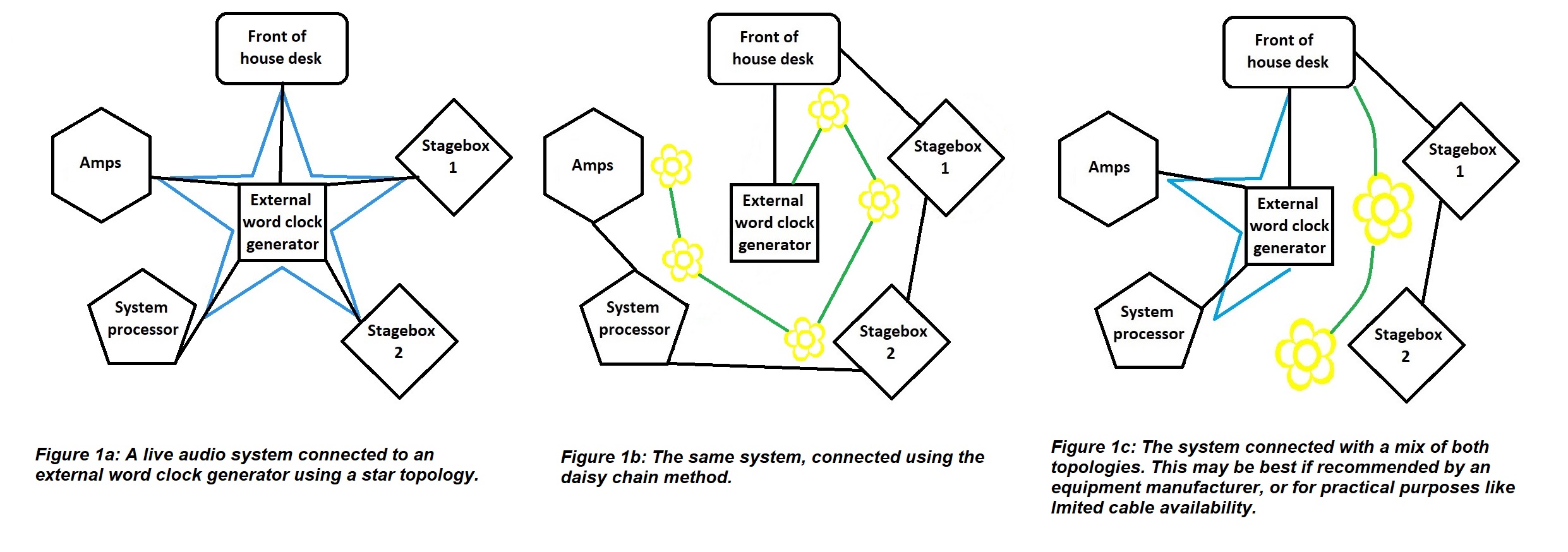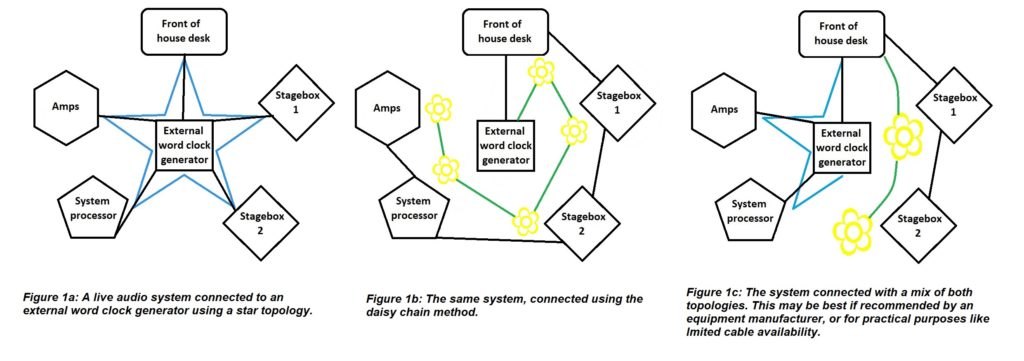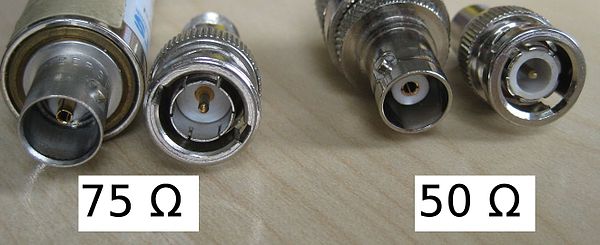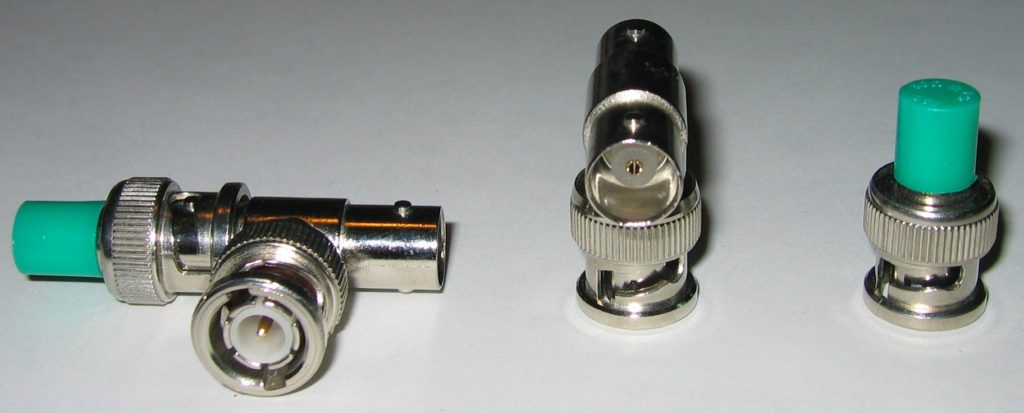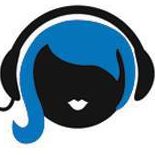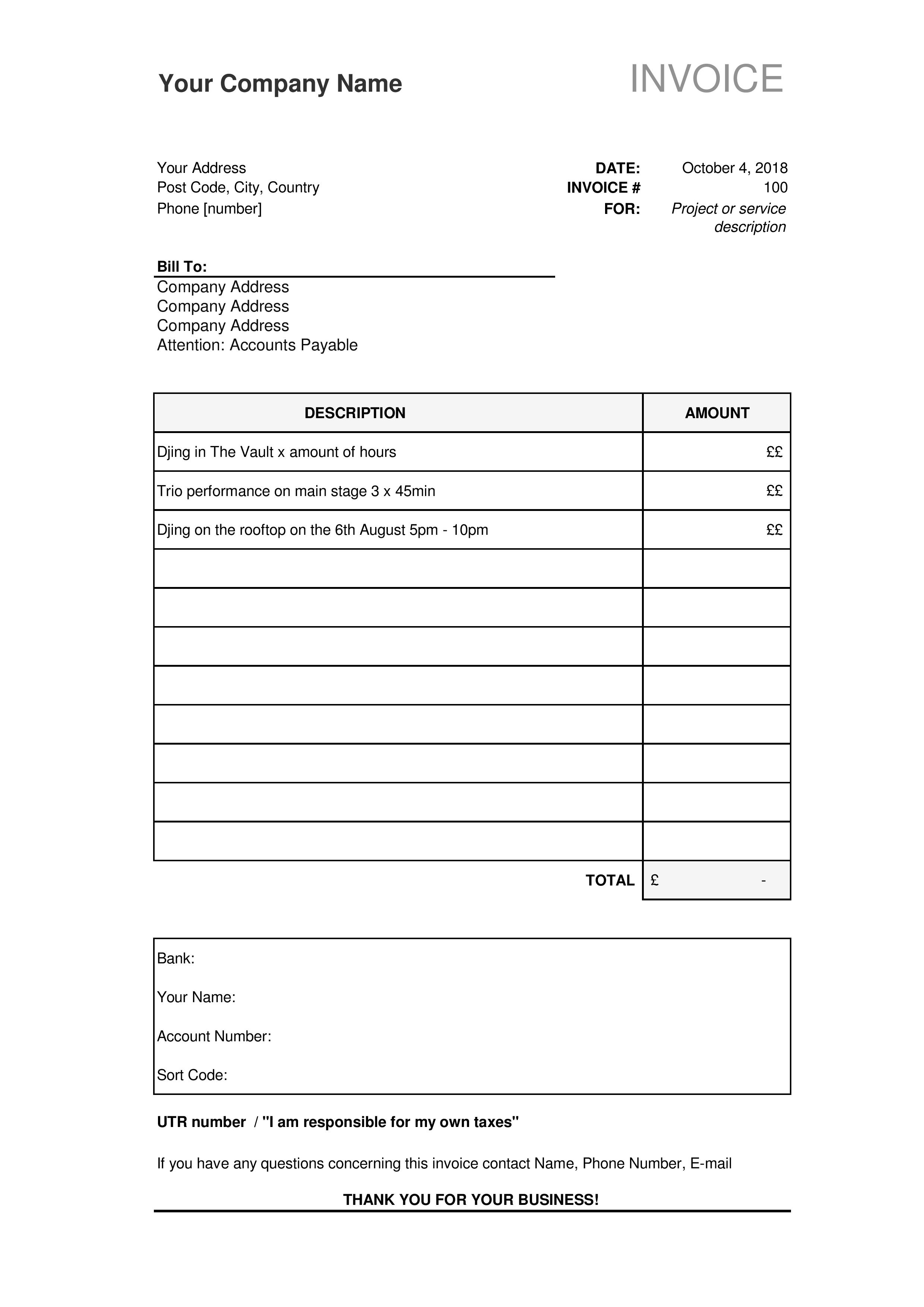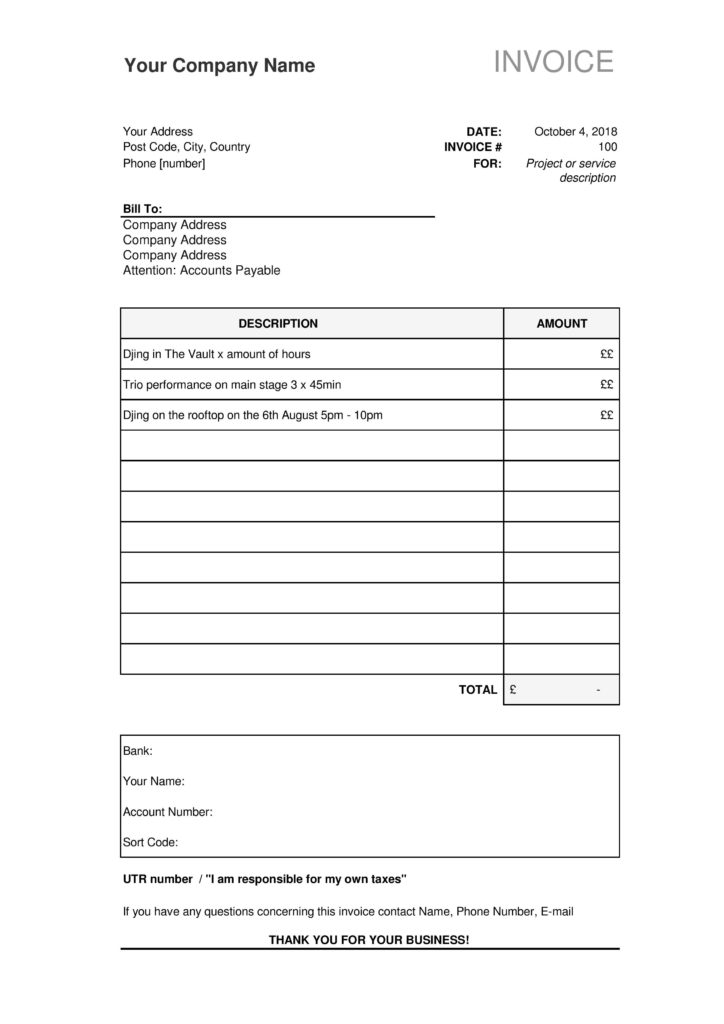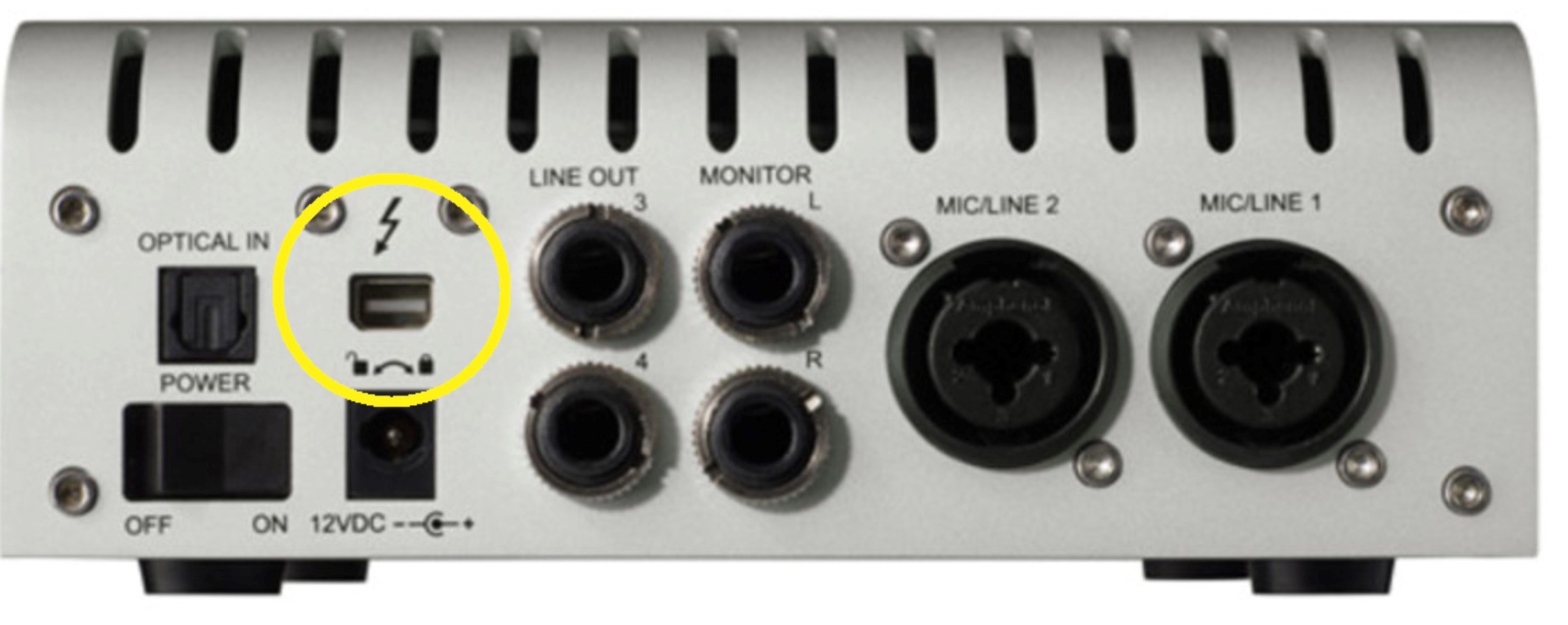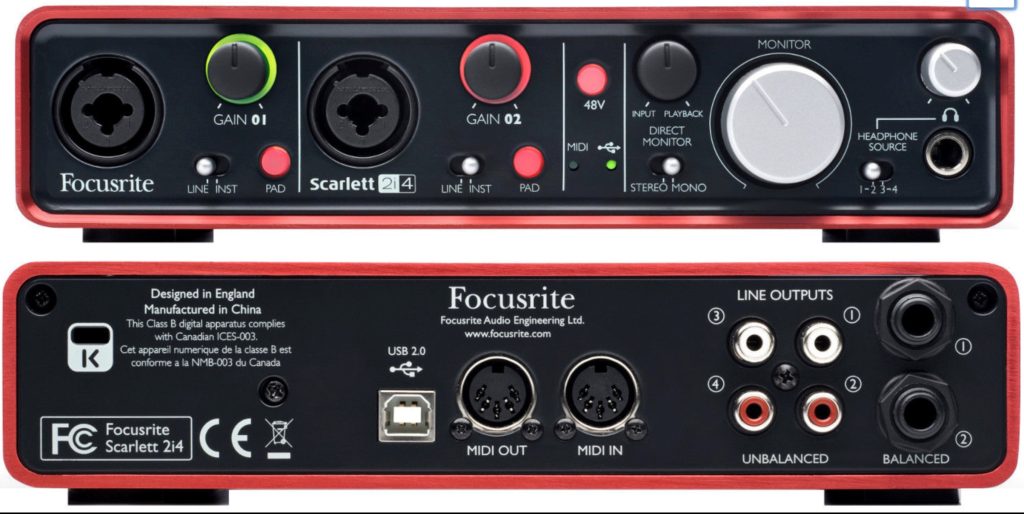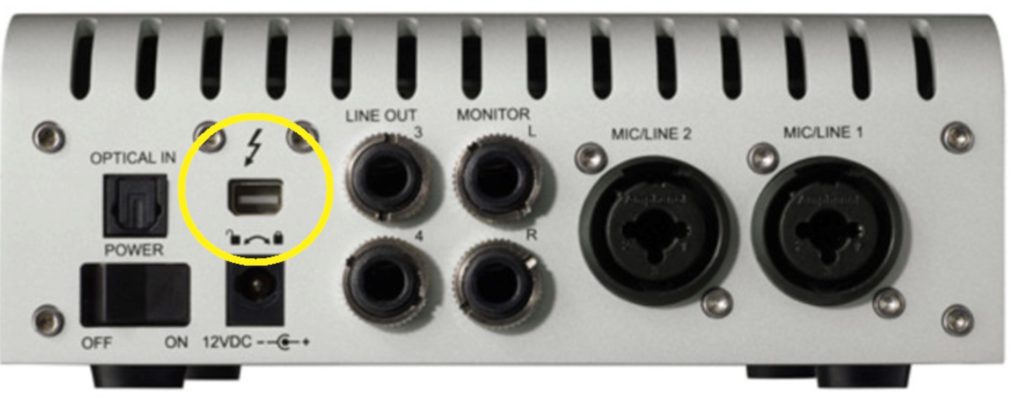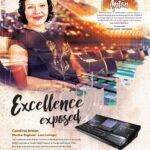SoundGirls Presents NAMM Mentoring Session
Join us for a Mentoring Session with Women Leaders in Professional Audio
- January 24th
- 6:30 – 10:00 pm
- Anaheim
You must be a member of SoundGirls, and you must register for the event. Space is Extremely Limited. You will receive venue address (venue is in Anaheim) with your confirmation.
This event will be a casual mentoring session – where you can get advice and answers to your questions. Groups will rotate between leaders specializing in Live Sound, Recording and Mastering, Broadcast Engineering and Professional Audio Sales.
- Mentoring Session Details
- 6:30 pm arrive/check-in/ drinks
- 7:00 pm Session 1
- 8:00 pm Session 2
- 9:00 pm Session 3
- 9:45 pm End
Industry Leaders Include
Mentors Subject to Change
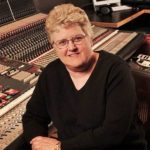 Leslie Ann Jones Director of Music and Scoring, Music and Scoring Recording Engineer and Mixer at Skywalker Sound
Leslie Ann Jones Director of Music and Scoring, Music and Scoring Recording Engineer and Mixer at Skywalker Sound
Leslie Ann Jones has been a recording and mixing engineer for over 30 years. Starting her career at ABC Recording Studios in Los Angeles in 1975, she moved to San Francisco in 1978 to accept a staff position at the legendary Automatt Recording Studios. From 1987 to 1997 she was a staff engineer at Capitol Studios located in the historic Capitol Records Tower in Hollywood. In February of 1997, she returned to Northern California to accept a position as Director of Music Recording and Scoring with Skywalker Sound, where she continues her engineering career mixing music for records, films, video games, television, and commercials.
She is a past Chair of The Recording Academy’s Board of Trustees and is the recipient of 4 Grammy Awards, including 2 for Best Engineered Album-Classical. She serves on the Advisory Boards of Institute for Musical Arts, Ex’pression College for Digital Arts, and is an Artistic Advisor to the new Technology and Applied Composition degree program at the San Francisco Conservatory of Music.
 Dawn Birr Pro Audio, Channel Development, and Business Analysis for Sennheiser
Dawn Birr Pro Audio, Channel Development, and Business Analysis for Sennheiser
Dawn began her career in the audio industry in 2000, joining Sennheiser fresh out of college. She started as a temporary receptionist and began to learn her way around and through the company. Shortly afterward she moved into Customer Service and began learning how the customers and company worked. Thanks to a nurturing company culture and strong role models who encouraged her to learn as much as possible whenever possible, Dawn was promoted over the years to Neumann Product Manager, Professional RF Product Manager, VP of Sales for U.S. Installed Sound, Global Commercial Manager for Audio Recording, Channel Manager for the Americas for Sennheiser Business Solutions and most recently to a global position for Pro Audio, Channel Development and Business Analysis. Dawn completed her MBA in 2006 and is a proud Advisory Board Member for the Women’s International Music Network and member of Soundgirls.org.
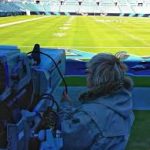 Jeri Palumbo, a broadcast engineer, audio mixer and RF (radio frequency) tech
Jeri Palumbo, a broadcast engineer, audio mixer and RF (radio frequency) tech
Jeri is a broadcast engineer, audio mixer and RF (radio frequency) tech who, for the past 25 years, has specialized in working on high-profile sports shows. Jeri is a technical whiz and a regular on the front lines of events like the Super Bowl, NBA, NHL playoffs and most recently the World Series. Jeri is part of the RF Coordination Team each year for the Rose Bowl. She has also worked entertainment broadcasts including The Oscars, The Tonight Show, American Idol, and others.
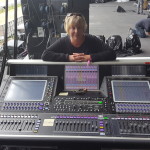 Karrie Keyes – Monitor Engineer for Pearl Jam and Eddie Vedder – Executive Director and Co-Founder of SoundGirls.Org
Karrie Keyes – Monitor Engineer for Pearl Jam and Eddie Vedder – Executive Director and Co-Founder of SoundGirls.Org
Karrie has spent the last 25 plus years as the monitor engineer for Pearl Jam. Karrie started out doing sound for punk bands in Los Angeles in 1986 under the tutelage of Dave Rat of Rat Sound, where she spent twenty years helping to establish the company. She was able to gain an immense amount of hands-on experience and technical knowledge at Rat, which eventually led to her becoming the monitor engineer for The Red Hot Chili Peppers from 1990-2000. She first met and started working with Pearl Jam who opened for RHCP on their 1991-1992 Blood Sugar Sex Magic Tour. She has worked with Sonic Youth, Fugazi, and more.
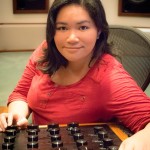 Jett Galindo -Primary Affiliation: Bakery Mastering – Los Angeles, CA
Jett Galindo -Primary Affiliation: Bakery Mastering – Los Angeles, CA
Jett Galindo is a Los Angeles-based mastering engineer who works alongside Eric Boulanger at The Bakery. With engineering credits spanning different genres and artists (Nile Rodgers, Green Day, Barbra Streisand, Selena Gomez, and Colbie Caillat, to name a few), Jett Galindo carries on the legacy left behind by her late mentor, mastering legend Doug Sax (The Mastering Lab).
Recipient of Summa Cum Laude honors and the 2012 Robin Coxe-Yeldham Audio Scholar Award from Berklee College of Music, Jett Galindo was mentored by luminaries in the music industry including George Massenburg; producers Javier Limon and Prince Charles Alexander; recording engineer Susan Rogers (Prince’s Purple Rain); and mastering engineer and Dean of Education for iZotope, Jonathan Wyner.
Jett kickstarted her post-Berklee engineering career in the world-renowned Avatar Studios in New York as the recording engineer for producer Jerry Barnes. As Barnes’ engineer, Jett engineered for veteran artists such as legendary singer-songwriter Roberta Flack, Nile Rodgers, Bashiri among others.
In 2013, Jett joined The Mastering Lab family as the sole right-hand man to pioneer mastering engineer and GRAMMY Technical Achievement awardee Doug Sax. Under the steady mentorship of the late Sax, Jett burgeoned to become the last engineer to join The Mastering Lab roster. During her years at The Mastering Lab, she worked on various albums and vinyl releases from artists such as Bette Midler, Neil Young, Pink Floyd, Carmen Lundy, and Seth Macfarlane, to name a few.
Outside of mastering, Jett is a contributing writer to SoundGirls, an organization for women working in the audio engineering field led by veteran live sound engineer Karrie Keyes (Pearl Jam, Red Hot Chili Peppers). Jett is also an accomplished lyric soprano who specializes in contemporary a cappella and choral ensemble music. Currently singing with Los Angeles-based professional choir Tonality, Jett has performed in various countries spanning across Europe, Asia, and the Americas.
More Info: http://thebakery.la/jett-galindo
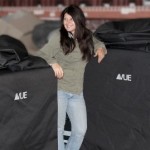 Sara Elliot VP of Operations and CoFounder of VUE Audiotechnik
Sara Elliot VP of Operations and CoFounder of VUE Audiotechnik
With more than 20 years of experience in professional audio, Sara has held strategic marketing and operational positions with numerous sound production companies including Burns Audio, A-1 Audio, and PRG.
Sara also served as Director of Marketing and Sales for Live Sound International Magazine and ProSoundweb.com, two of the industry’s most respected news and technical information sources. Sara brings to VUE Audiotechnik a wealth of industry relationships and a deep understanding of business operations.
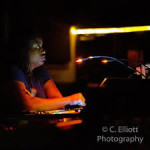 Fela Davis Sound Engineer and Owner of 23db Productions
Fela Davis Sound Engineer and Owner of 23db Productions
Fela Davis is a co-owner at 23db Productions based out of New York City. She’s a graduate of Full Sail University and has over a decade of experience in audio engineering. Her past experiences include working with industry powerhouses Clair Broadcast and House of Blues. When she’s not mixing or mastering songs for 23db Productions, she’s mixing front of house engineer for the 5-time Grammy award winning jazz artist Christian McBride, and Grammy-nominated Ottmar Liebert.
 Samantha Pink Colleagues call me Samantha. Family and friends call me Sam. My personal favorite though is Mom. I’d say that I am a happy combination of all three. If I were able to meet my adolescent self, I would encourage her to pay attention to the wise advice of her grandmother, mother, and aunts. Listen to her inner voice and trust her instincts!
Samantha Pink Colleagues call me Samantha. Family and friends call me Sam. My personal favorite though is Mom. I’d say that I am a happy combination of all three. If I were able to meet my adolescent self, I would encourage her to pay attention to the wise advice of her grandmother, mother, and aunts. Listen to her inner voice and trust her instincts!
I have worked in the MI/Audio industry for 18 years, gaining experience in Purchasing, Inventory Management and Operations. Currently, I am the Director of Business Operations at JAM Industries USA, and love helping teams find solutions to problems, improving customer satisfaction and finding ways to increase profitability. I have also held positions at Full Compass Systems as Vice President of Purchasing, and The Music People as Director of Operations.
 Catharine Wood Recording – Mix Engineer – Owner Planetwood Studios –
Catharine Wood Recording – Mix Engineer – Owner Planetwood Studios –
Catharine is a Los Angeles-based composer/producer/engineer with a recording studio in Los Angeles. With a background in audio post-production for commercials, Catharine engineered on the first iPhone commercial among hundreds of national and international campaigns. As a mix and mastering engineer, she has engineered on over 300 commercially released songs – including her own custom compositions which have aired on NBC, ABC, BBC, ESPN and more – both nationally and abroad. She is a GRAMMY® Voting Member and Producers & Engineers Wing member. Catharine currently holds a position on the LA Recording School’s Recording Arts Program Advisory Committee and is the former Director of Southern California for the West Coast Songwriters organization. She is a voting member of the Society of Composers and Lyricists, Songwriters Hall of Fame, a current Board Member of the California Copyright Conference and longtime professional member of NARIP and AIMP. Her company, Planetwood Studios, LLC (parent company of Planetwood Productions, established 2002) specializes in producing singer-songwriters and providing engineering, production and composition services to the TV, Film and Recording industries.
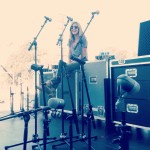 Daniella Peters – Head of Sales and Management Team at Rat Sound Systems
Daniella Peters – Head of Sales and Management Team at Rat Sound Systems
Daniella has been with Rat Sound for over 15 years building their sales dept from a concept to a multi-million dollar part of their business. She started her career working for an international cosmetics company doing their live event production. She then transitioned to HHB Audio and Ashdown Music, Emap Performance (Kerrang and Q magazines) in London and now with Rat Sound.
She is passionate about women’s issues and spends a good portion of her spare time using her production skills to produce and host music and fashion fundraising events for various women’s non-profits. In 2018 she founded SoundGirls Productions to provide work and internships to women in working in live sound.
 Ali “A MAC” McGuire has worked worldwide on albums, International/ US Tours, and charity projects alongside internationally recognized artists. Ali required recording, mixing, production, and live sound skills through a combination of experience and certification. Ali has worked with such artist as Fetty Wap, Post Malone, Hed PE, Big Daddy Kane, Dick Van Dyke, Whitney Peyton and more. Ali recently moved from Philadelphia to LA to take her business, Amaculent Entertainment LLC, to the next level. Ali is currently working out of a few great studio’s and venues in LA; recording, mixing and producing for the next generation of artists and more.
Ali “A MAC” McGuire has worked worldwide on albums, International/ US Tours, and charity projects alongside internationally recognized artists. Ali required recording, mixing, production, and live sound skills through a combination of experience and certification. Ali has worked with such artist as Fetty Wap, Post Malone, Hed PE, Big Daddy Kane, Dick Van Dyke, Whitney Peyton and more. Ali recently moved from Philadelphia to LA to take her business, Amaculent Entertainment LLC, to the next level. Ali is currently working out of a few great studio’s and venues in LA; recording, mixing and producing for the next generation of artists and more.
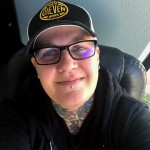 Meegan Holmes – Global Sales Manager Eighth Day Sound Los Angeles
Meegan Holmes – Global Sales Manager Eighth Day Sound Los Angeles
Meegan graduated from California Institute of The Arts from their Technical Theater program in 1993; she entered the live production industry before graduation as a local stagehand with LA Stagecall in Los Angeles. In 1997, she began her 18-year audio career with Delicate Productions where she worked as a touring technician and engineer. Meegan wore many hats simultaneously during her time with Delicate Productions including Labor Coordinator, Project Manager and Account Manager.
Throughout her 24 years in the industry, she has worked hard to elevate others through hiring and mentoring. Her new position as a Global Sales Manager with Eighth Day Sound is no exception, hiring full-time staff and expanding the company’s west coast-based freelancer pool as well as building the company’s touring and west coast based clientele.
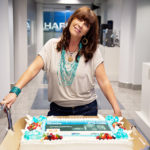 Becki Barabas At 20 years old, Becki turned her passion for music into a career in audio, with a job managing the office
Becki Barabas At 20 years old, Becki turned her passion for music into a career in audio, with a job managing the office
at Score One Recording. She has since worked in MI, Tour Sound, and with Integrators and Audio Rep
firms, doing everything from Sales to Marketing.
She has held many positions since coming to HARMAN 10 years ago. She started the HARMAN Professional Ambassador and Influencers Program in 2016, signing such names as Chuck D, Parliament Funkadelic and Black Rebel Motor Cycle Club. She is currently Managing Business Development for
Recording and Tour.
Dana Labrecque – Co-Director and Bay Area Chapter Head
 Dana has worked in professional audio for the past 30 years. Working in the recording studio and live events, in addition to doing post-production work as a sound designer, and re-recording mixer. From 1998 – 2005 Dana co-owned and managed APG Records/Studios handling all business operations and shared duties in recording, editing, and mixing. She has taught at several colleges including City College of San Francisco, Laney College, Art Institute of California – San Francisco and Globe Recording Institute. Dana currently is a full-time educator at City College of San Francisco, teaching courses in audio production including recording arts, live sound, interconnected audio, sound for visual media, digital audio production and more. She is a Certified Technology Specialist.
Dana has worked in professional audio for the past 30 years. Working in the recording studio and live events, in addition to doing post-production work as a sound designer, and re-recording mixer. From 1998 – 2005 Dana co-owned and managed APG Records/Studios handling all business operations and shared duties in recording, editing, and mixing. She has taught at several colleges including City College of San Francisco, Laney College, Art Institute of California – San Francisco and Globe Recording Institute. Dana currently is a full-time educator at City College of San Francisco, teaching courses in audio production including recording arts, live sound, interconnected audio, sound for visual media, digital audio production and more. She is a Certified Technology Specialist.
Dana has served on several non-profit boards including Camp Reel Stories and Bay Area Girls Rock Camp and is a member of Bay Area Women in Film and Media, Audio Engineering Society, and Broadcast Education Association.
In her free time, Dana writes screenplays, composes and records music as well as swims in the Bay.
Listen to Dana on Working Class Audio
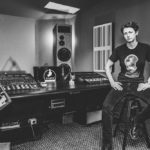 Piper Payne – Co-Director SoundGirls
Piper Payne – Co-Director SoundGirls
Piper is a mastering engineer in Oakland, CA, where she works on albums for independent artists and major labels. Piper is the Owner and Chief Mastering Engineer of Neato Mastering, and she is a Co-Founder and the Chief Product Officer for Second Line Vinyl, a new Oakland-based vinyl pressing plant opening in 2018.
She recently finished her term as President of the SF Chapter of the Recording Academy and serves on the P&E Wing Advisory Council. She is also on the committee of the AES SF Chapter and heads the AES Diversity and Inclusion Committee. Piper is an audio professor and guest lectures often about mastering and recording.
Piper has mastered a wide variety of music including nationally renowned artists Third Eye Blind, Madame Gandhi, Geographer, Elettrodomestico (Jane Wiedlin/Go-Go’s), Shamir, Between You & Me, David Messier, and Fritz Montana, as well as Bay Area favorites Kat Robichaud, ANML, Sioux City Kid, The She’s, Emily Afton, Abbot Kinney, Travis Hayes, Kendra McKinley, Van Goat, and Diana Gameros.
Read more about Piper
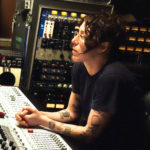 Catherine Vericolli – Co-Director SoundGirls
Catherine Vericolli – Co-Director SoundGirls
Catherine Vericolli has been an outspoken analog purist since 2005. As owner, engineer, and tech at Fivethirteen Recording in Phoenix, AZ, she is dedicated to keeping the traditional analog
recording process alive in the desert. Going on 12 years of being in business, Fivethirteen has grown out of its local musicians, homestead roots into a stop off for touring nationals and international bands, guest engineers, and home for the occasional film score. Added on in 2010, Fivethirteen’s mixing suite has become one of Arizona’s premier mixing destinations, and with the installation of a RND 5088 in it’s tracking control room during the summer of 2013,
Catherine has since taken on the studio’s management position full time. She’s also an audio educator, travels nationally as an audio panelist, and co-edits Pinknoise Mag, an online publication dedicated to diversity and technical excellence in the audio industry.
513recording.com
pinknoisemag.com
Read more about Catherine
 Barbara Adams SoundGirls Philadelphia Chapter head Barbara is an audio engineer and educator with over twenty years of experience in the music industry. She specializes in live sound, as well as being an accomplished recording engineer. Her strong and varied experience also includes stage management, live bookings, events, touring, and more.
Barbara Adams SoundGirls Philadelphia Chapter head Barbara is an audio engineer and educator with over twenty years of experience in the music industry. She specializes in live sound, as well as being an accomplished recording engineer. Her strong and varied experience also includes stage management, live bookings, events, touring, and more.
Barbara currently a house engineer for World Café Live, system tech for DBS Audio and has worked in every major venue in Philadelphia, including The Tin Angel, Mann Music Center, Electric Factory Concerts, and more. She has toured with acts including Alice Smith, IAMX, 4 Way Street, Princes of Babylon, Granian, and the BurnDown All-Stars, and has served in a variety of engineering roles for festivals such as Musikfest, Welcome America in Philadelphia, Gathering of the Vibes, Thelonious Monk Institute of Jazz, and Live 8 just to name a few. She has also done consulting work for area venues and churches.
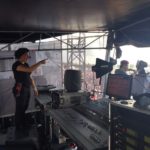 Carolina Antón is a specialist in sound design and optimization as well as a freelance sound engineer. She has worked with several sound companies such as 2hands production, Eighth Day Sound, Britannia Row, Meridian Pro audio, and Ocesa. She has toured throughout the U.S, Mexico, and Latin America with Zoe, Cafe Tacvba, Natalia Lafourcade, HaAsh. Carolina is also the owner of Hibiki Production providing services for Live Recording and Streaming. Carolina is the Chapter Head for Mexico Chapter of SoundGirls.
Carolina Antón is a specialist in sound design and optimization as well as a freelance sound engineer. She has worked with several sound companies such as 2hands production, Eighth Day Sound, Britannia Row, Meridian Pro audio, and Ocesa. She has toured throughout the U.S, Mexico, and Latin America with Zoe, Cafe Tacvba, Natalia Lafourcade, HaAsh. Carolina is also the owner of Hibiki Production providing services for Live Recording and Streaming. Carolina is the Chapter Head for Mexico Chapter of SoundGirls.
 Nancy Tarr is an adjunct lecturer in the Music Industry department and the Executive Director of Well Dunn (a music nonprofit that connects college students with internships in the music and entertainment industry). During Nancy’s career, she has lived in Los Angeles, New York, NY and Washington, D.C. Her current home is Cooperstown, NY. She worked on over 50 films in the music department at Paramount Pictures and was the Music Coordinator on the movie “8 Mile.” She also worked at RCA and Artist Records before becoming the Manager of Artist Relations and Government Affairs with the Recording Industry Association of America (RIAA). Nancy set out on her own and has been working as an Artist Relations consultant, Event Manager, Artist Manager with Tarr Music Co. Nancy is also a singer/songwriter, has performed in off-Broadway shows and was recently seen in the Glimmerglass Festival’s production of The Music Man. Nancy’s band Dead Girls and Other Stories were featured performers at both the Lilith Fair and the H.O.R.D.E. Festival.
Nancy Tarr is an adjunct lecturer in the Music Industry department and the Executive Director of Well Dunn (a music nonprofit that connects college students with internships in the music and entertainment industry). During Nancy’s career, she has lived in Los Angeles, New York, NY and Washington, D.C. Her current home is Cooperstown, NY. She worked on over 50 films in the music department at Paramount Pictures and was the Music Coordinator on the movie “8 Mile.” She also worked at RCA and Artist Records before becoming the Manager of Artist Relations and Government Affairs with the Recording Industry Association of America (RIAA). Nancy set out on her own and has been working as an Artist Relations consultant, Event Manager, Artist Manager with Tarr Music Co. Nancy is also a singer/songwriter, has performed in off-Broadway shows and was recently seen in the Glimmerglass Festival’s production of The Music Man. Nancy’s band Dead Girls and Other Stories were featured performers at both the Lilith Fair and the H.O.R.D.E. Festival.
 Erika Duffee has over 20 years experience in international touring and production management working with a wide variety of talent ranging from Canadian platinum-selling artists, Scott Helman and Walk Off The Earth to Italian pianist/composer, Ludovico Einaudi to Brazilian music royalty, Bebel Gilberto. She began her career as a volunteer radio programmer in New Orleans, worked in day to day management and spent 10 years at Concord Music Group in Los Angeles doing artist development and producing showcases and special events for the label.
Erika Duffee has over 20 years experience in international touring and production management working with a wide variety of talent ranging from Canadian platinum-selling artists, Scott Helman and Walk Off The Earth to Italian pianist/composer, Ludovico Einaudi to Brazilian music royalty, Bebel Gilberto. She began her career as a volunteer radio programmer in New Orleans, worked in day to day management and spent 10 years at Concord Music Group in Los Angeles doing artist development and producing showcases and special events for the label.
 Whitney Olpin has been working in Live Sound for the last eight years, working as an Independent monitor engineer and stage manager. She has spent the last year touring with Fitz and the Tantrums. Based in Los Angeles, when she is not on the road she picks up local work through Live Nation.
Whitney Olpin has been working in Live Sound for the last eight years, working as an Independent monitor engineer and stage manager. She has spent the last year touring with Fitz and the Tantrums. Based in Los Angeles, when she is not on the road she picks up local work through Live Nation.
